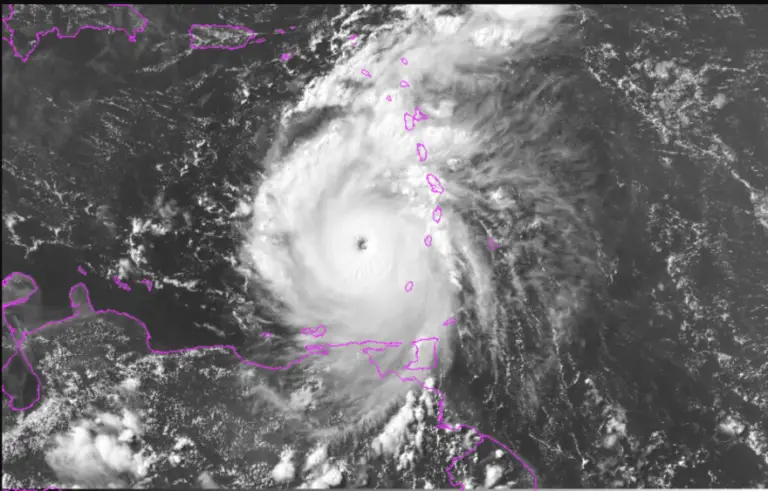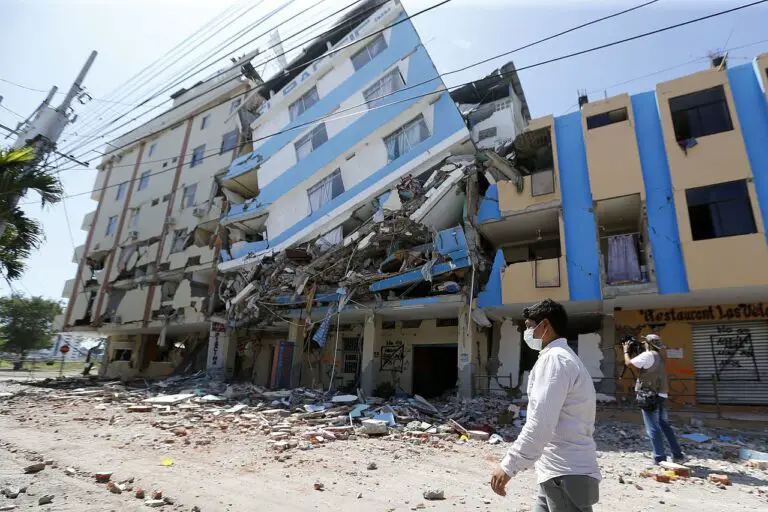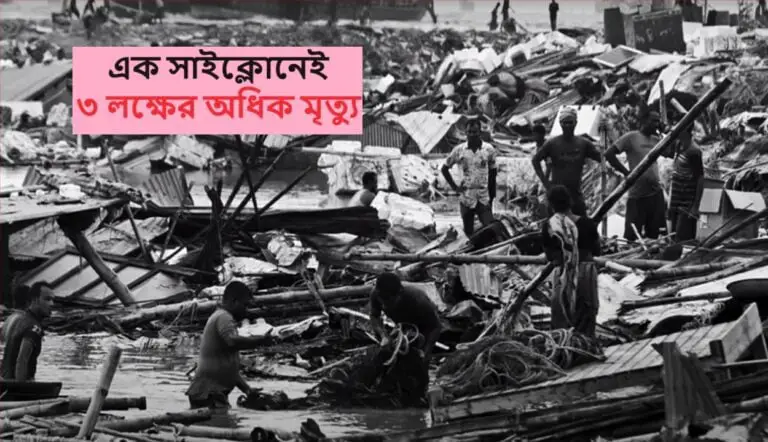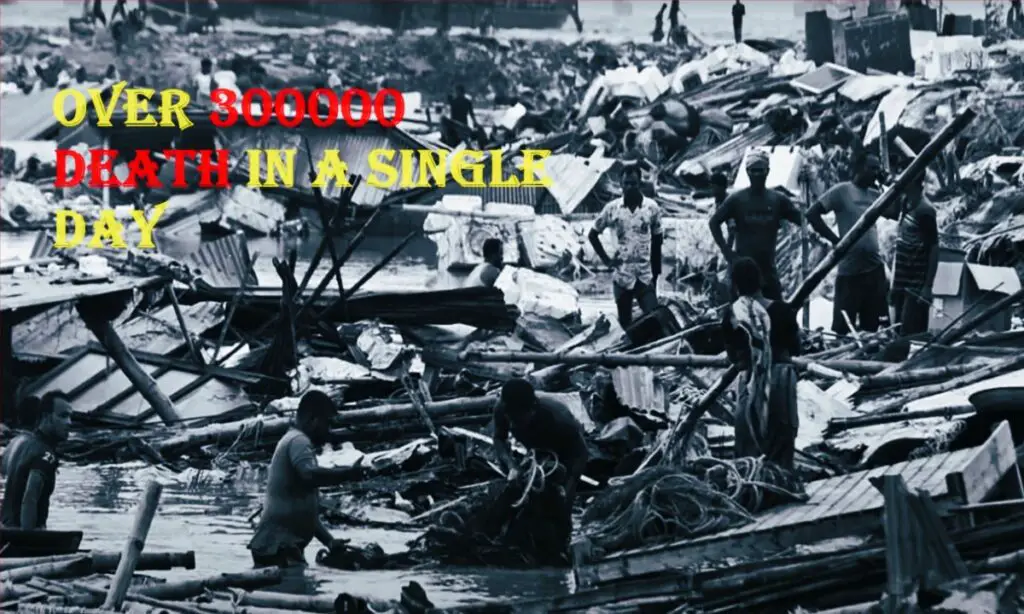
The Deadliest Cyclone That Killed Above 300k People in a Single Day !
The title of the deadliest cyclone of all time is often attributed to the 1970 Bhola Cyclone. It struck East Pakistan (now Bangladesh) and West Bengal, India, on November 12-13, 1970.
This catastrophic cyclone left a trail of devastation. It claimed lives of an estimated 300,000 to 500,000 people in a Single day. That is making it one of the deadliest natural disasters in recorded history.
➡ Follow us on Google News feed for daily Latest Updates
Formation and Impact:
A tropical depression in the Bay of Bengal originated the Bhola Cyclone. It gained strength as it moved northwestward toward the vulnerable coastal areas of East Pakistan and West Bengal.
The cyclone caused widespread flooding and destruction. Because, it brought fierce winds, torrential rainfall and a storm surge that inundated low-lying areas.
Intensity of the Deadliest Cyclone
The Deadliest Bhola Cyclone in 1970 had very strong winds reaching up to 185 km/h (115 mph) at 3min (IMD) and 240kph (150mph) at 1min (JTWC) sustained.
When it hit land in East Pakistan (now Bangladesh) and West Bengal, India, it caused a lot of damage and loss of life.
Track of the 1970 Bhola Cyclone: Wikipedia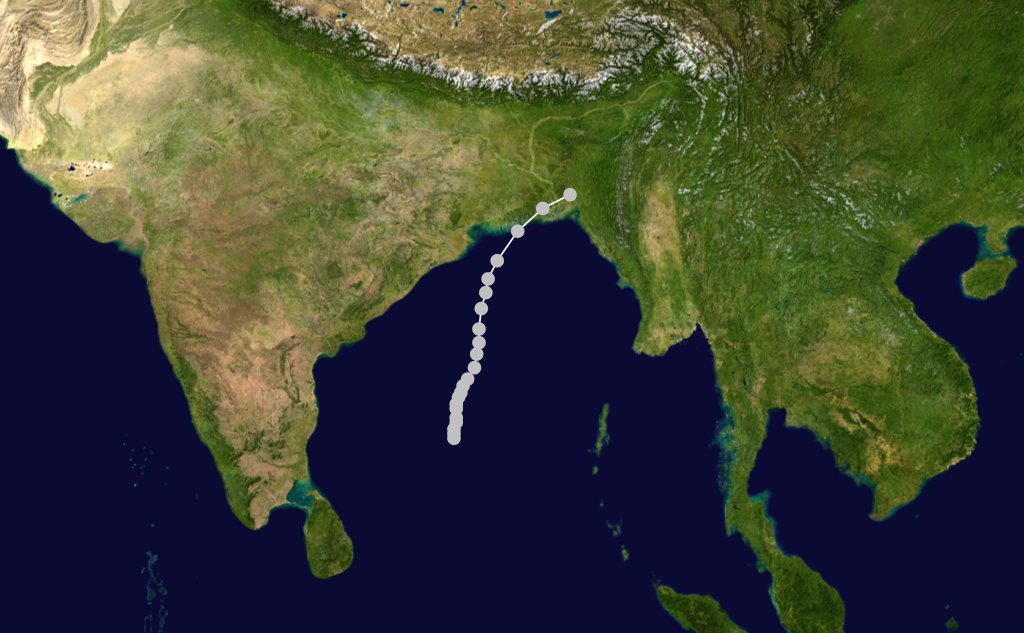
Devastation of Bhola Cyclone in East Pakistan (Now Bangladesh):
The Bhola Cyclone’s fury fell heavily on East Pakistan (now Bangladesh). Such a powerful storm particularly targeted the low-lying deltaic region. Concurrently, it was a densely populated area. It also lacked adequate infrastructure and early warning systems.
The cyclone’s storm surge estimated to be as high as 10 meters (33 feet). Consequently, It engulfed coastal villages and swept away homes, crops, and livelihoods.
Read Also: Middle to northern Coastal NSW to have Heavy Rain early next month
Related: Auckland Weather to have rain sun rain probability this week
Read More: North Western NT Weather may have Daily Rain Rest of This Month
Humanitarian Crisis on post Cyclone Landfall:
The Bhola Cyclone triggered a humanitarian crisis of unprecedented magnitude. At the same time, hundreds of thousands of people lost their lives and many more were injured or displaced.
Destruction of infrastructure including roads, bridges, and communication networks hampered rescue and relief efforts in the immediate aftermath of the disaster.
Response and Aftermath in Response to Landfall:
The scale of the devastation overwhelmed local authorities and relief agencies. It led to delay in providing aid to the affected communities.
Additionally, The government of Pakistan faced criticism for its handling of the disaster response.
The Bhola Cyclone underscored the urgent need for improved disaster preparedness. It helped to take mitigation measures in vulnerable coastal regions. Meteorological Authorities worked hard to make early warning systems stronger.
Also enhanced infrastructure resilience and improved emergency response capabilities. Basically, it was to mitigate the impact of future cyclones and natural disasters.
Legacy and Lessons Learned by that furious Cyclone Landfall:
The Bhola Cyclone serves as a stark reminder of the devastating power of Tropical Cyclones. It also reminds the disproportionate impact they can have on vulnerable populations.
That is particularly reasonable for developing countries with limited resources and infrastructure. It highlighted the importance of investing in disaster risk reduction.
As well as climate adaptation, and community resilience-building efforts to protect lives and livelihoods in at-risk regions.
Progress has been made in managing disasters since the Bhola Cyclone. The Bhola Cyclone remains a sad part of Bangladesh’s history.
It motivates ongoing efforts to reduce cyclone impacts worldwide. The cyclone serves as a reminder to protect vulnerable communities.
Advertisements

